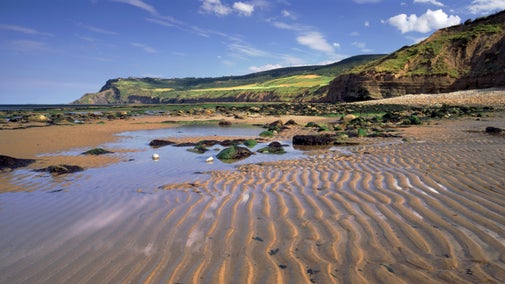
Discover more at the Yorkshire Dales
Find out how to get to the Yorkshire Dales, where to park, the things to see and do and more.
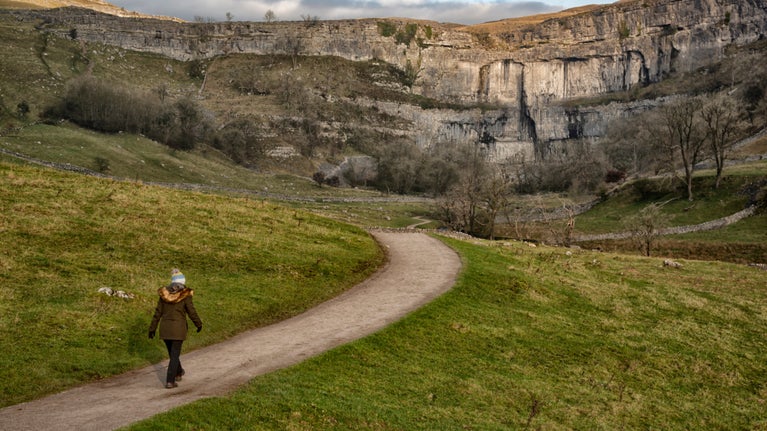
The Yorkshire Dales are a great place to relax and explore the outdoors. Discover rolling countryside with steep-sided valleys, vast heather-covered moorland hilltops and a patchwork of dry stone walls and barns.
As well as traditional hardy breeds of sheep and cattle roaming the pastures, this diverse landscape also offers a home to many plants and animals.
There’s still plenty to see in the winter months. The trees have dropped their leaves and look a little bare, but this just makes the birds easier to see. We have some resident birds all year round like blackbirds, blue tits and greater spotted woodpecker, as well as winter visitors like fieldfare that flock in large numbers, and waxwings feeding on the red hawthorn berries along hedgerows. In the riverside fields you'll see black headed gulls.
Along the banks of the River Wharfe, as you walk the Dales Way, you may find otter footprints. These nocturnal creatures will be hidden away in a holt (den) through the day.

Close to the historical market town of Richmond and with the River Swale rushing alongside, you will find picturesque scenery with hints of a varied history.
There's no denying it, winter can be cold and damp at Hudswell Woods, and you often need wellies to get around. But if you make the effort to visit there's always plenty of nature to enjoy. Flocks of small birds move through the woodlands searching for food, the "weep, weep" call of the nuthatch reminds us that spring is not far away. Roe deer are often visible browsing in the daytime, the white flash of their tail giving away their location. On the grassland you may enjoy a splash of winter sunshine sparkling on the frost etched gorse. And, whatever the temperature, dippers are often busy on the river, swimming and submerging for food before returning to a favourite rock.
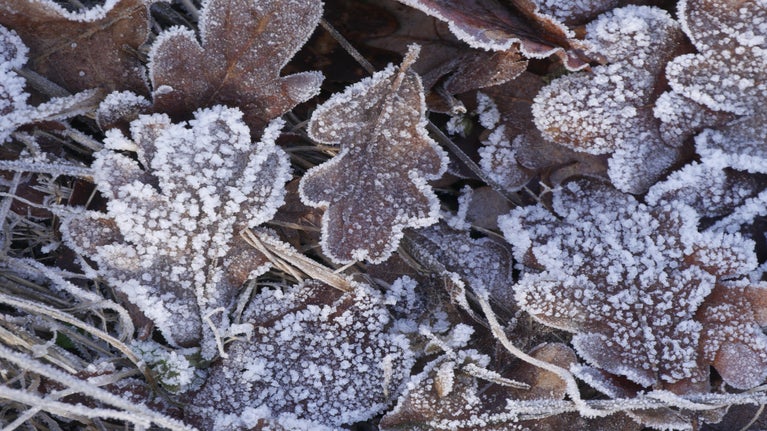
The boardwalk at Malham Tarn weaves its way through the National Nature Reserve, a unique and special place with interesting wildlife. Pause on this easy stroll to appreciate the quiet and listen for the songs of our feathered friends. You might even spot the Exmoor ponies grazing in the distance.
The waterfall at Janet’s Foss is a magical place to visit, and legend has it that Janet (or Jennet) the fairy queen lives in the cave behind the waterfall, or foss.
The limestone pavement above Malham Cove is well worth the climb up over 300 stone steps. On top you’ll be rewarded with panoramic views but also the unusual jigsaw of clints (blocks of stone) and grykes (the gaps) and the ferns and flowers living in this distinct habitat.
On a clear night, the big, open skies of the Yorkshire Dales let you see thousands of sparkling stars. With very little local light pollution Malham Moor and Upper Wharfedale are fantastic places to visit for a stargazing adventure.

Find out how to get to the Yorkshire Dales, where to park, the things to see and do and more.
Discover the best walking, running and cycling routes around the Yorkshire Dales.

The Yorkshire Dales is very dog friendly, and with miles of footpaths to explore, trees to sniff and grass to roll in, your four-legged friend should have a great day.

Our work in the Yorkshire Dales is as much about future generations as it is about caring for its magnificent landscapes today. We recognise the Dales as an important place for agriculture while balancing the need to restore more of the natural environment, and we increasingly consider the impacts of climate change on communities further afield. Discover more about our day-to-day work here, from creating new treescapes to managing sites of special scientific interest.
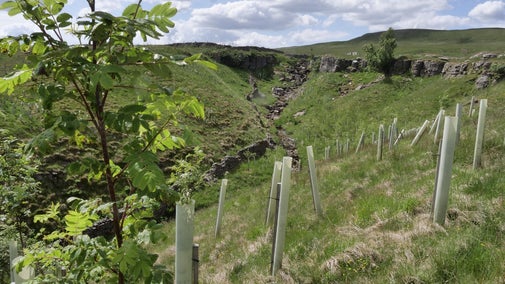
Explore some of the finest landscapes in our care on coastal paths, accessible trails, woodland walks and everything in between. Find the best places to walk near you.
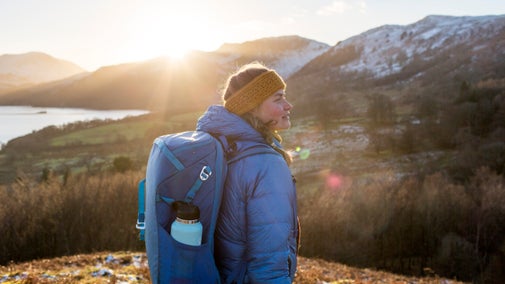
Plan a visit to one of the special countryside places in our care and discover the benefits of being in the great outdoors. Pack your walking boots and get ready to explore woodlands, valleys and rivers.
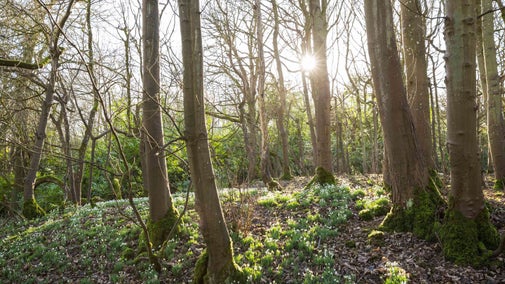
Discover the many opportunities to stretch your legs and explore the coast and countryside across Yorkshire – whether you fancy a gentle stroll through a deer park, a refreshing hike in the Dales or scenic route along a coastal path.
